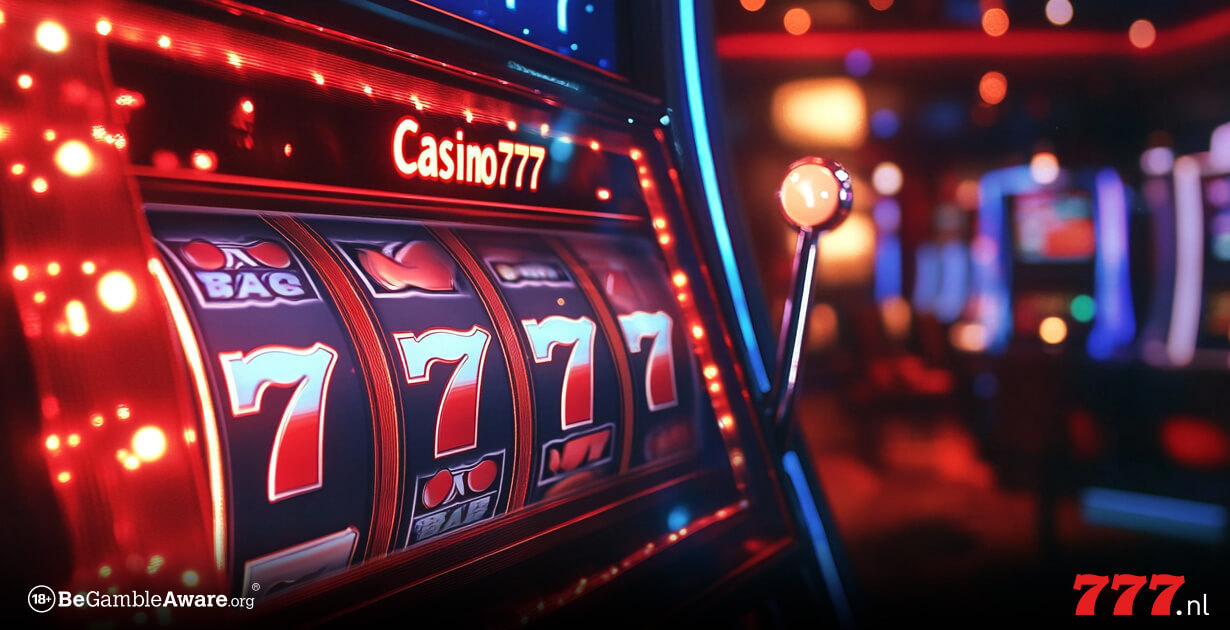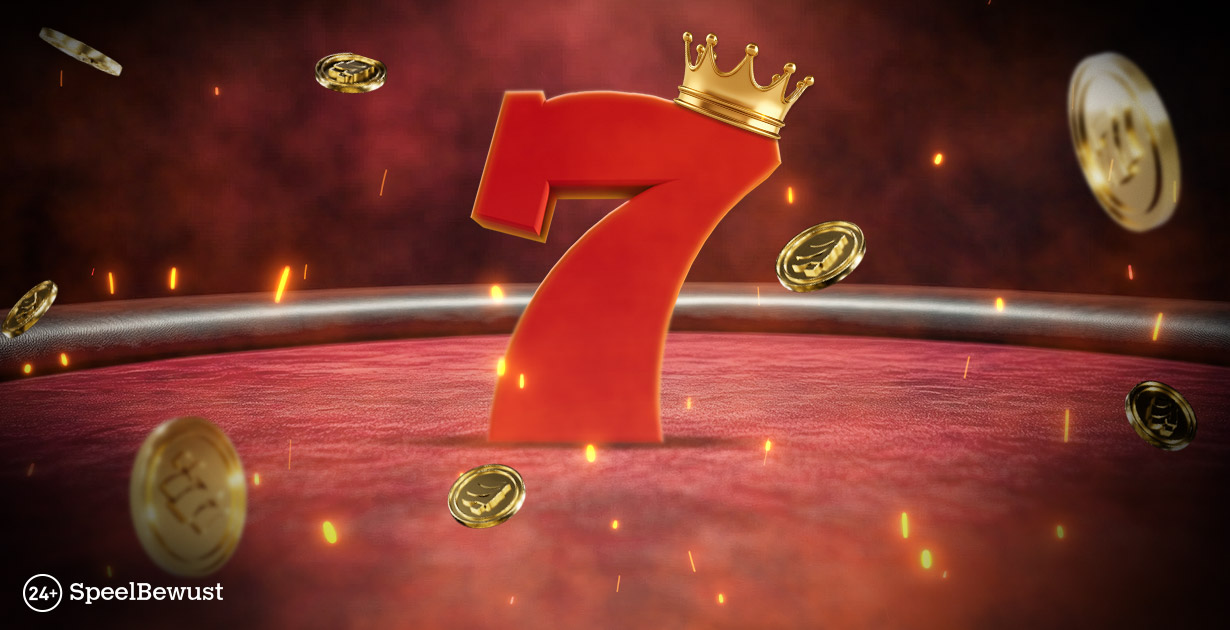Baccarat is one of the most popular casino games in the world, loved for its simple rules and the allure of luxury. But did you know that this fascinating card game has a rich history that spans over five centuries? Let’s take a journey through time straight to the Origins of Baccarat and discover how baccarat evolved from an Italian game for the elite to a global phenomenon.
The Origins in Italy
The origin of baccarat is still a matter of debate, but most historians agree that the game was invented around the 1400s in Italy by Felix Falguiere, also known as Falguierein. He called the game “baccara,” Italian for “zero,” because the tens and face cards were worth zero points. This name was later changed to “baccarat” in France, as we know it today.
It is believed that Falguiere drew his inspiration from an old Etruscan legend. According to this legend, a maiden had to throw a nine-sided die to determine her fate. A throw of 8 or 9 would elevate her to the status of priestess, 6 or 7 would force her to lead a secluded life, and a lower throw would condemn her to the sea to drown. Although modern baccarat rules are not so cruel, this story clearly influenced the basic principles of the game.
Baccarat in France: Chemin de Fer
From Italy, baccarat found its way to France, where it became known as Chemin de Fer, or “Chemmy.” The game became immensely popular at the court of King Charles VIII and among the French aristocracy. For several centuries, Chemin de Fer was a beloved pastime among the French nobility.
Chemin de Fer introduced some significant changes to the game. Instead of four dealers, the game now had one dealer, and players could no longer bet against each other but only against the house. This version of baccarat remained popular in France for a long time and eventually spread to England.
The British Influence and James Bond
In England, baccarat became popular not only among the aristocracy but also among the broader population. One of the most famous baccarat players of all time, James Bond, was introduced by Ian Fleming. Bond’s passion for baccarat, especially evident in the novel “Casino Royale,” contributed to the glamorous reputation of the game.
Punto Banco: The American Version
As baccarat continued to travel, it found its way to South America and the Caribbean, where it became known as Punto Banco. In this version, players played exclusively against the house, and the casino acted as the bank. Punto Banco, also known as “American Baccarat,” was introduced to Las Vegas in the late 1950s by Tommy Renzoni.
Baccarat in the United States
Although baccarat initially did not become as popular as roulette or slot machines, casino owners found ways to make the game more appealing to a select audience. They set high minimum bets and placed the tables in luxurious rooms with plush leather chairs. This exclusivity added to the allure and mystique of baccarat.
Modern Baccarat: Rules and Variations
The modern game of baccarat, as played in casinos today, features three main variants: Punto Banco, Chemin de Fer, and Baccarat Banque. In Punto Banco, the most widely played version in American casinos, you bet on the outcome of the player’s hand, the banker’s hand, or a tie. The cards are dealt by a dealer, and the goal is to have a total card value as close to 9 as possible.
Online and Live Baccarat
With the rise of online casinos, baccarat has gained a new dimension. Players can now enjoy virtual baccarat from their desktop, tablet, or mobile device. The online version uses a random card generator and provides a virtual representation of the baccarat table.
A more recent development is the introduction of live dealer casino games in the 2000s. Here, a real dealer leads the game from a casino-like studio, and players can participate and communicate with the dealer via a live video link. This brings the authentic casino experience right to your living room.
The Future of Baccarat
Baccarat continues to evolve, embracing new technologies such as augmented reality (AR) and virtual reality (VR), which can further enhance the playing experience. More variants of the game are becoming available, including Baccarat Professional Series and Live Baccarat.
Baccarat has a long and rich history, from the aristocratic salons of Italy and France to the modern casinos of Las Vegas and Macau. The game continues to attract players with its simple rules, low house edge, and atmosphere of luxury and exclusivity.
Conclusion
Whether you are an experienced player or a newcomer, baccarat offers a unique and exciting experience that stays true to its historical roots.
Visit Casino777.nl for more information and to try your luck at this historic and captivating card game. Enjoy playing!
Frequently Asked Questions about the History of Baccarat
Where and when did Baccarat originate?
Baccarat originated in Italy in the 1400s. The game was invented by Felix Falguiere, also known as Falguierein, who called it “baccara,” which is Italian for “zero,” because the tens and face cards are worth zero points.
How did Baccarat spread from Italy to France?
Baccarat spread from Italy to France, where it became known as Chemin de Fer. The game became particularly popular at the court of King Charles VIII and among the French aristocracy. This version of the game was played for several centuries and remained a favourite pastime among the French nobility.
What is the connection between Baccarat and the legend of the Etruscan maiden?
The Etruscan legend tells of a maiden who had to determine her fate by throwing a nine-sided die. A throw of 8 or 9 would elevate her to the status of priestess, while a lower throw would condemn her to drown in the sea. This story influenced the original rules of baccarat, where a hand of 8 or 9 is the best outcome.
How did Baccarat evolve into Punto Banco in America?
Baccarat made its way to South America and the Caribbean, where it was adapted into Punto Banco. In this version, players exclusively played against the house rather than each other. This variant was brought to Las Vegas by Tommy Renzoni in the late 1950s, where it became known as “American Baccarat” and has since become a staple in American casinos.




